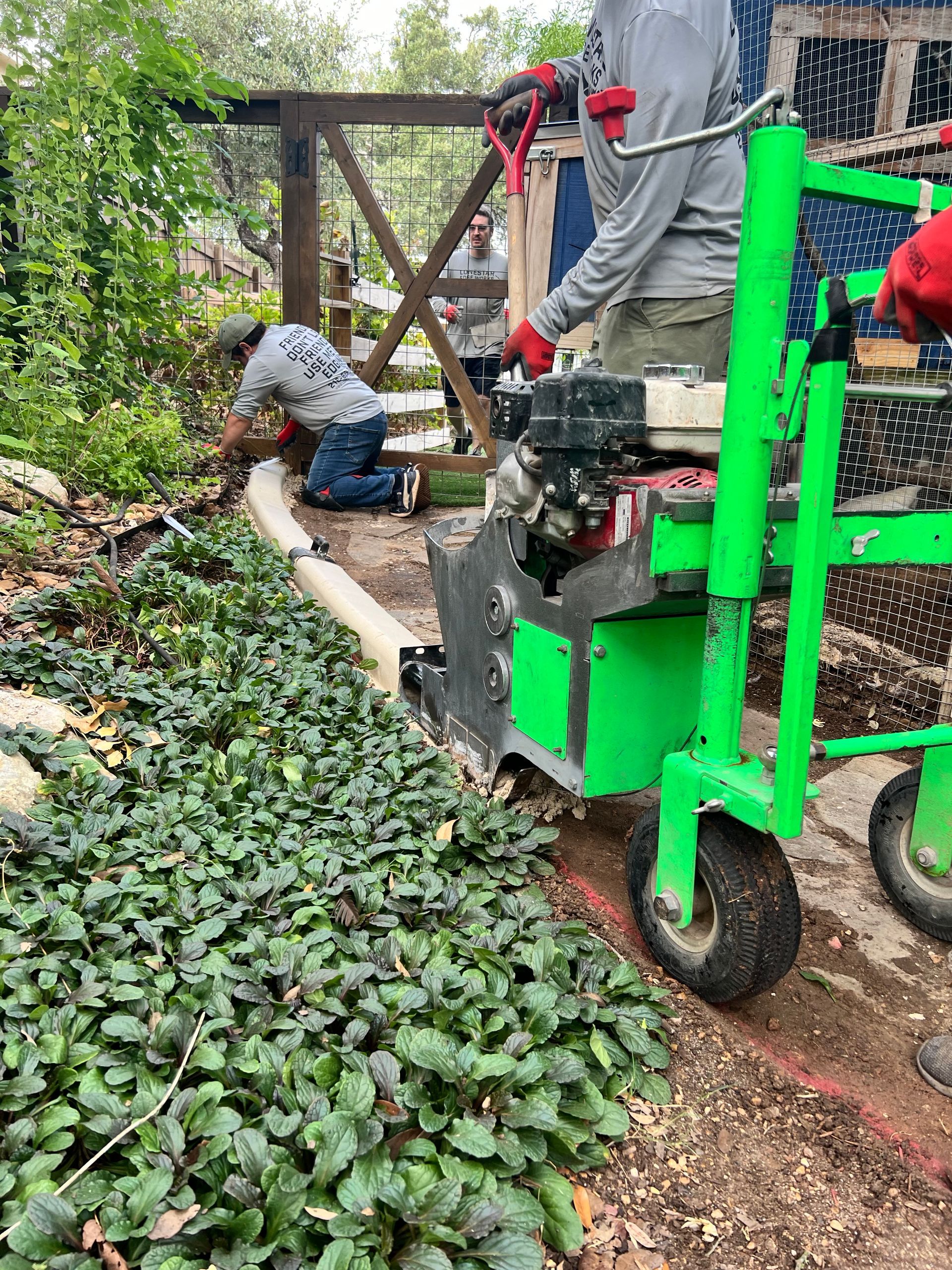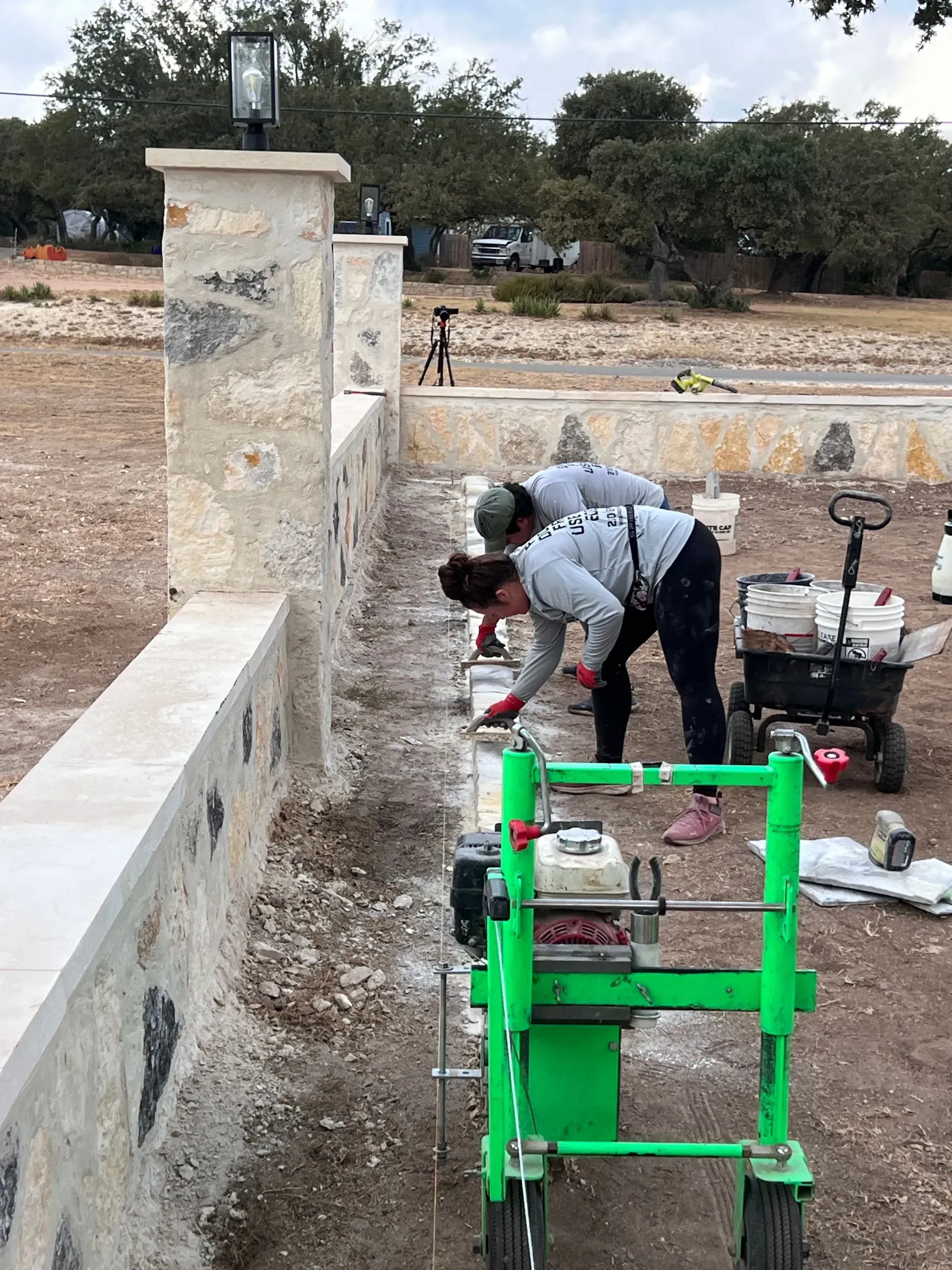How to Pour Concrete Curbing: A Complete Guide to Professional-Quality Results
You're admiring your neighbor's perfectly manicured landscape with its crisp, clean concrete borders that seem to effortlessly define each garden bed. That professional-looking curbing didn't happen by accident—and surprisingly, it's more achievable than you might think. Whether you're a weekend warrior tackling your first DIY project or a seasoned homeowner looking to enhance your property's curb appeal, learning how to pour concrete curbing can transform your landscape while adding significant value to your home.
Understanding the Basics of Concrete Curbing

Before diving into the pouring process, it's essential to understand what makes quality concrete curbing. The key lies in proper preparation, the right concrete mix, and attention to detail during installation. Concrete curbing serves both functional and aesthetic purposes—it defines landscape beds, prevents grass encroachment, and creates clean lines that elevate your property's overall appearance.
Read more: What is Concrete Curbing?
Essential Materials and Tools
Success starts with having the right equipment. You'll need concrete mix (typically a 3:1 sand-to-cement ratio), water, a wheelbarrow or mixing tub, a hoe or mixing paddle, a level, a string line, stakes, and finishing tools like trowels and edgers. For larger projects, consider renting a concrete mixer to ensure consistent results.
Step-by-Step Pouring Process

Site Preparation: Begin by marking your desired curbing path with spray paint or stakes and string. Excavate a trench approximately 6 inches wide and 4-6 inches deep, depending on your curbing height preference. The trench should have a slight slope for proper drainage—about 1/4 inch per foot.
Mixing the Concrete: Achieve the right consistency by gradually adding water to your dry mix. The concrete should hold its shape when squeezed but not be so wet that it slumps. This is where experience matters – the mixture needs to be workable yet stable enough to maintain its form.
Pouring and Shaping: Work in manageable sections, typically 10-15 feet at a time. Pour the concrete into your prepared trench, filling it slightly above ground level. Use a trowel to shape and smooth the surface, creating your desired profile. A steady hand and consistent technique are crucial for professional-looking results.
Finishing Touches: While the concrete is still workable, use an edger to create clean, rounded edges. This not only improves appearance but also helps prevent chipping. For textured finishes or decorative elements, now is the time to apply them before the concrete begins its initial set.
The Professional Curbing Advantage

While DIY concrete curbing is certainly possible, the reality is that achieving consistently professional results requires experience, specialized tools, and a deep understanding of concrete behavior. This is where the expertise of professionals like Lonestar Edge Works Services becomes invaluable.
Residential concrete curbing projects demand precision and an eye for design that complements your home's architecture. Professional installers bring years of experience in handling different soil conditions, drainage requirements, and design challenges that can make or break a DIY project.
Commercial concrete curbing takes complexity to another level, requiring adherence to specific codes, ADA compliance, and durability standards that amateur installations often fail to meet. The stakes are higher, and the margin for error is smaller.
Perhaps most importantly, professional services offer landscape curbing product options that go far beyond basic concrete. Color customization allows you to match or complement your home's existing hardscaping, while various stamps and styles can create the appearance of natural stone, brick, or custom textures that would be nearly impossible to achieve with DIY methods.
Common Pitfalls and Professional Solutions
Even experienced DIYers encounter challenges: inconsistent concrete mix leading to weak sections, poor drainage causing cracking, or uneven surfaces that look amateurish. Weather conditions, soil composition, and proper curing—factors that professionals navigate daily—can turn a promising project into a costly mistake.
Transform Your Landscape with Confidence
While understanding how to pour concrete curbing empowers you with knowledge, the difference between a good result and an exceptional one often lies in professional execution. Your landscape is an investment in your property's value and your daily enjoyment of your outdoor space—it deserves the precision and artistry that only experienced professionals can deliver.
Ready to elevate your property's curb appeal with flawless concrete curbing? Lonestar Edge Works brings years of expertise, professional-grade materials, and innovative design options to every project. From residential enhancements to commercial installations, our team transforms ordinary landscapes into extraordinary spaces.
Contact us today for a consultation and discover how professional concrete curbing can redefine your property's potential.
